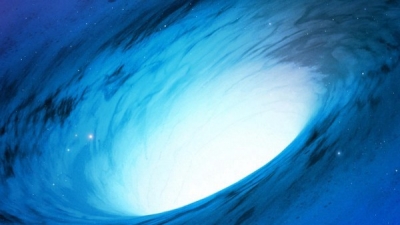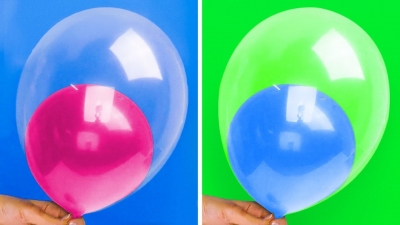What is white hole?

A white hole is a bizarre cosmic object which is intensely bright, and from which matter gushes rather than disappears. In other words, it’s the exact opposite of a black hole. But unlike black holes, there’s no consensus about whether white holes exist, or how they’d be formed.
However, some theorists think that a combination of Einstein’s theory and quantum theory points to a new way of thinking about white holes. Instead of being the ‘exit’ from a wormhole, they may be a slow-motion replay of the formation of the original black hole.
The process starts when an old massive star collapses under its own weight and forms a black hole (see diagram, above). But then, quantum effects occurring around the surface of the black hole halt further collapse to a singularity, and instead begin to gradually turn the black hole into a white hole that’s spewing out the original star matter again. The process is mind-bendingly slow, though, so we may be in for a very long wait to find out if white holes really exist.
Credit : Science Focus
Picture Credit : Google
